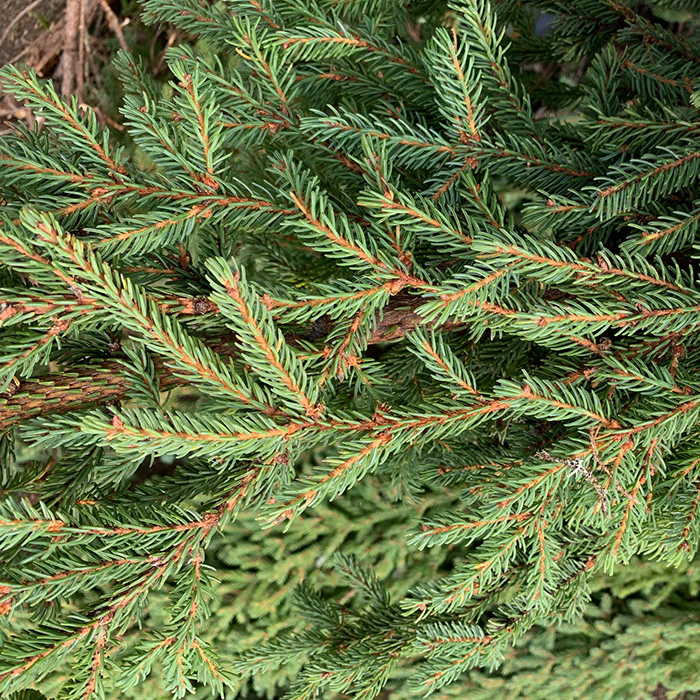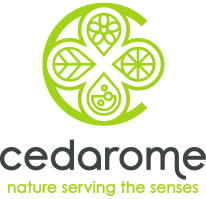Description
Black Spruce essential oil is sourced from Northeastern Canada, throughout numerous regions of Quebec. This oil is obtained from the needles and twigs of the Picea mariana tree through steam distillation. It is a colorless to pale yellow liquid with a typical coniferous scent, soft and slightly sweet.
Olfactive Profile
Woody, resinous, slightly sweet.
Woody
Fresh
Flavor Profile
Food grade.
- Details
- Technical Sheet
- Downloads
- Sources
Details
Botany:
Picea mariana, is an evergreen coniferous member of the Pinaceae family. It can reach heights between 8 to 20 meters. The bark is thin, scaly and grayish brown. The needles are long, stiff, four-sided, dark bluish green on the upper sides and paler glaucous green below. Black Spruce forms dense clusters, stopping sunlight from reaching the ground, therefore creating a thick moss layers on the soil below.
Ethnobotany:
Black Spruce was reportedly employed medicinally by many Indigenous Peoples for numerous pathologies. For example, the Cree people used it as an anti-diarrheal agent while the Innu prepared it as an infusion for the throat. This tree is largely used in the Pulp and Paper industry since its fibres are relatively soft. Black Spruce has traditionally been used to prepare spruce beer beverages.
Uses:
Applications include fine fragrance, cosmetics, flavour/food, and aromatherapy.
Technical Sheet
Botanical name: Picea mariana
Botanical family: Pinaceae
Accepted synonyms:
Common names: Black Spruce, Canadian Black Pine
Origin: Northeastern Canada, Quebec
Source: Canada
Cultivation Method: Wild and cultivated harvested
Harvest period: April to January
Plant part used: Needles and twigs
Method of extraction: Steam distillation
Main components: I-Bornyl Acetate, Camphene, α-Pinene, δ-3-Carene
CAS: 8008-80-8 / 91722-19-9
INCI: Picea mariana needles oil
FEMA: 3034
EC: 294-420-3
Appearance: Colorless to pale yellow liquid with a characteristic odor
Certifications and Declarations:


- Certificate of Analysis
- Safety Data Sheet
- Food Grade Statement
- Natural Statement
- Origin Statement
- GMO Free
- Allergen
- No Animal Testing
- Prop 65
Downloads
Sources
BRIT – Native American Ethnobotany Database. (n.d.). Naeb.brit.org. http://naeb.brit.org
Integrated Taxonomic Information System. (2019). Itis.gov. http://www.itis.gov
Kricher, J. C., Morrison, G., National Audubon Society, National Wildlife Federation, & Tory, R. (1998). A
Field guide to Eastern forests : North America. Houghton Mifflin.
Marie-Victorin, Frère F.É.C, Luc Brouillet, Rouleau, E., Goulet, I., & Hay, S. (2002). Flore laurentienne. G.
Morin.
Moerman, D. E. (1998). Native American ethnobotany. Timber Press.
Petrides, G. A., Wehr, J., National Audubon Society, National Wildlife Federation, & Tory, R. (1998). A field
guide to eastern trees : eastern United States and Canada, including the Midwest. Houghton Mifflin.
Welcome to the PLANTS Database | USDA PLANTS. (2016). Usda.gov. http://plants.usda.gov





